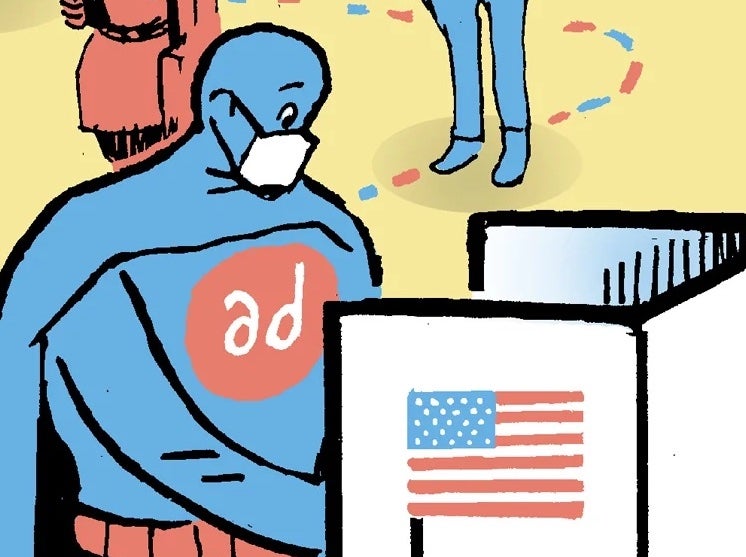Two Data Sources, One ‘Persons’
Nielsen has received accreditation from the MRC for a product that integrates a broadcaster or media company’s first-party streaming data into Nielsen’s TV panel ratings.
The news makes Nielsen “the first accredited live-streaming solution with persons-level granularity,” according to the release.
“Persons” isn’t a typo. That’s a direct quote from the release. But, joking aside, this is a nifty and noteworthy accreditation.
Nielsen was already using first-party data from Amazon Prime to measure its Thursday Night Football broadcasts, Marketing Dive reports, but the process wasn’t accredited until now.
Amazon and Nielsen have had a strange series of miscues since the two companies started working together on NFL coverage. They are partners and won’t criticize each other, but Amazon published its own weekly ratings of its broadcasts, which always outshone Nielsen’s ratings. Yet advertisers stuck with Nielsen’s numbers.
But now, Amazon – and potentially other streaming services – might contribute their own ad serving and logged-in subscriber data to bolster Nielsen’s ratings.
It’s a score for the incumbent.
Not Ratings, Curatings
Curation!
It’s a topic that’s received so much discussion over the past few weeks that it almost feels like old news already.
But there is still a raging debate about which intermediary in the supply chain should be the curator.
And Google just made its move with the launch of a curation service that bundles ad inventory within its own Google Ad Manager.
“Buyers are looking for new ways to reach their audiences accurately and efficiently,” Peentoo Patel, director of product management at GAM, tells Ad Age. “What we’re trying to achieve is to enable audience and contextual targeting across multiple DSPs using SSP-level curation.”
Sounds fancy – but also familiar. When a DSP or SSP describes its curation product, it usually ends up sounding like … an ad network.
In the Ad Age story, it’s noted that SSPs and other publisher tech “are finding ways to offer bundles of ad inventory across websites, apps and connected TV.”
Hmmm …
The story continues: “The curators take approved inventory and package it for advertisers to help them maintain large-scale ad campaigns online.”
Ad networks thrived because third-party cookies allowed them full visibility across the network. Now SSPs can fill the gap, because they can procure more identity data directly from their publisher clients.
Spoilt For Choice
The “paradox of choice” has become an important theory for understanding shopping and media trends.
For instance, even Walmart superstores feel quaint compared to Walmart’s online third-party marketplace. Shoppers now have thousands of options rather than being limited to what they see on a store shelf.
But “the golden age of comparison shopping isn’t so golden after all,” as Business Insider puts it.
“Amazon’s doing what we think the American dream is, which is, have all the choice in the world,” says Jessecae Marsh, a psychology professor at Lehigh University. “But choice can be paralyzing.”
Streaming services, likewise, also present their users with a dizzying – and often overwhelming – amount of choice.
Linear television audiences turn on their TV set and are immediately watching some show or movie. Netflix, Disney, Prime Video, et al. start by presenting a massive library of options that needs to be honed down. For streaming viewers, as with Amazon shoppers, a new part of the experience is the time and energy spent wading through an ocean of choices.
Where advertising fits into the equation – either as a contributor or alleviator of product choice oversaturation – remains to be determined.
But Wait! There’s More!
A rundown of the generative AI spending of 50 companies, from Coke to Walmart. [The Information]
Another illegal streaming platform made its way into Apple’s App Store. [The Verge]
Fox has already sold out of Super Bowl ads at “record pricing.” [Adweek]
After miscalculating what it owes advertising partners – including Paramount and WBD – UK-based broadcaster Sky will have to pay “hundreds of millions of pounds” in recompense. [The Guardian]
How Big Tech uses your data to train AI. [Axios]
White-noise apps were exploited in major audio ad fraud schemes, according to research by DoubleVerify. [SiliconANGLE]













